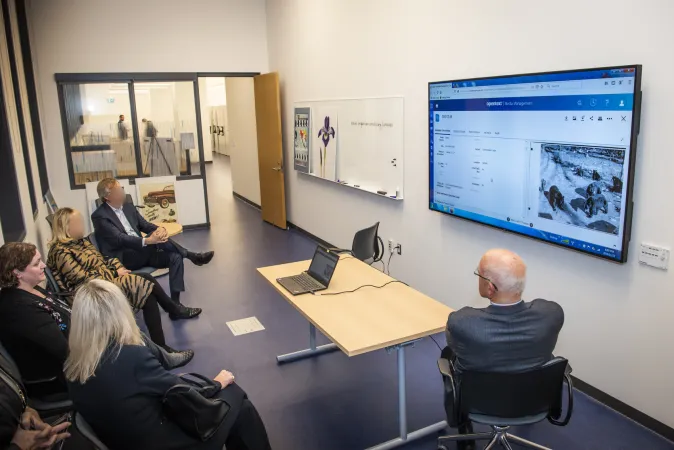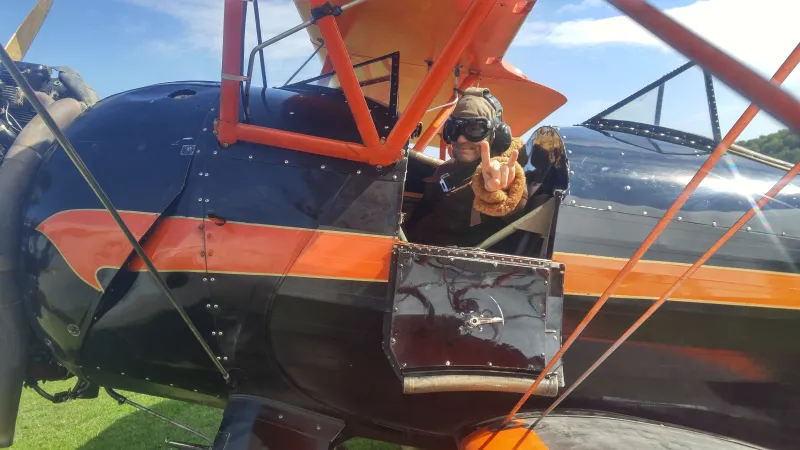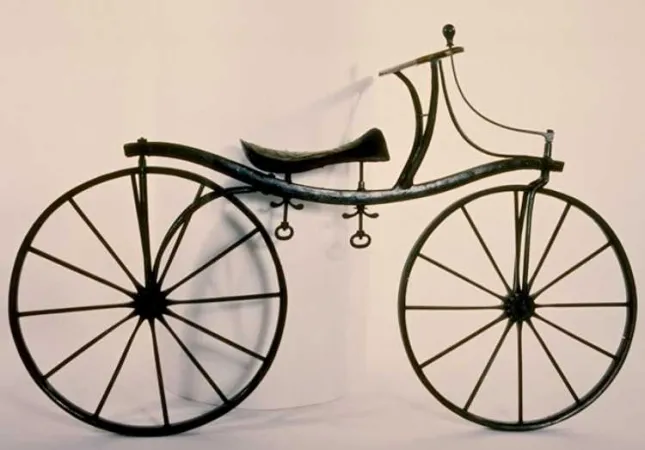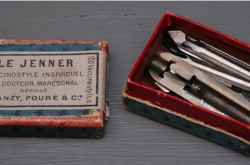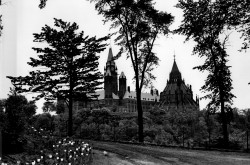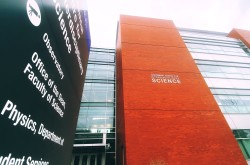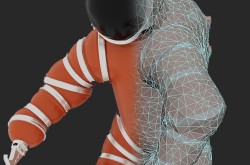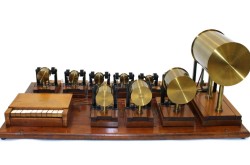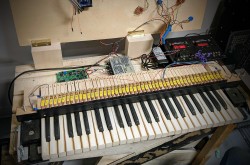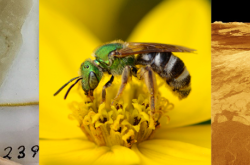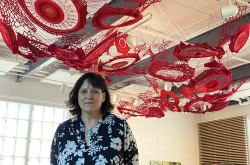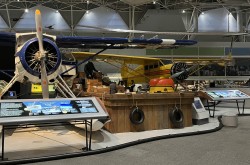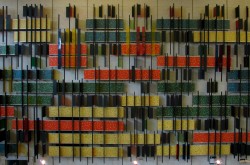Behind the scenes: Digital Asset Management at Ingenium

When you hear “museum job,” what do you think of? The guides and hosts you see when you visit? Maybe curators who build collections, or conservators who preserve and take care of precious artifacts? All good answers, and extremely important jobs — but not the ONLY jobs.

Not an actual photo of the author organizing digital assets at Ingenium.
I am the Digital Content Officer for Ingenium and its three museums — the Canada Agriculture and Food Museum, the Canada Aviation and Space Museum, and the Canada Science and Technology Museum. My main responsibility is our Digital Asset Management System (or "The DAM"). As you can see, one of the perks of the job is getting to say DAM a lot and getting away with it. Another perk is getting to review the photographs taken across all three of Ingenium's museums, and seeing some pretty cool stuff every day. Here’s a taste of some of the incredible images I get to work with.
So, what is Digital Asset Management? A digital asset is simply a multimedia file, like a photo, video, or audio clip. Since Ingenium runs three national museums, two historical archives, a working runway and a farm, we create A LOT of digital assets: marketing materials, educational programming photos, artifact treatment documentation, event footage, artifact “glamour shots,” historical photo scans, and so much more. The job of a Digital Asset Management professional, at its core, is to talk to all of these different asset creators and work with them to develop standards for naming and storing, making sure assets are findable, reusable, and properly preserved.
DAM is a relatively new type of job in the heritage sector, and one that is seeing a great deal of growth. It is by no means unique to museums — in fact marketing and communications companies were the first adopters. Many organizations recognize that this behind-the-scenes work helps staff waste less time searching for the “perfect image,” or tracking down copyright information. In Ingenium’s case, it helps us be more creative, connecting historic archival material with contemporary visuals, illustrating articles, and participating in new initiatives such as data visualization.
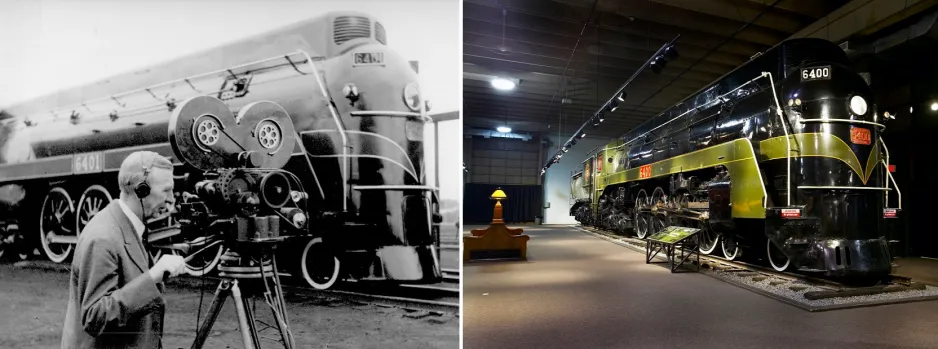
A historic photograph of the 6400 Locomotive from the CN Images of Canada Collection (left), compared to a photograph of the 6400 at the Canada Science and Technology Museum.
In the current global pandemic situation, digital presence has become even more important for cultural institutions. Because we have been working on digitizing and organizing interesting content for many years, Ingenium is in a good position to use our digital assets on social media, reaching out to historical societies for more information about our archival photos, and even using them to create a bit of humour.


